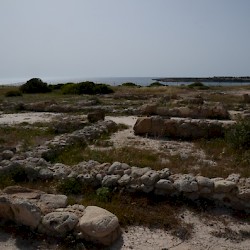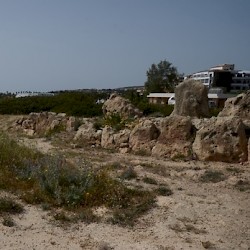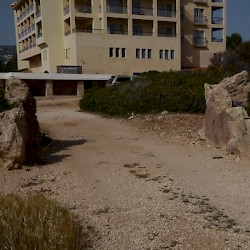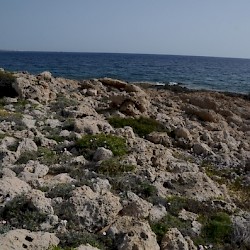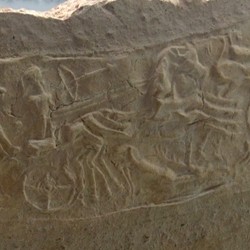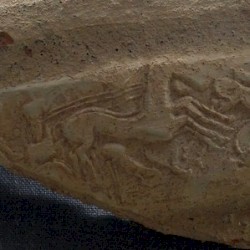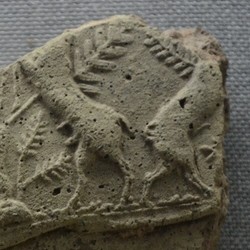Maa-Palaiokastro
Q69125006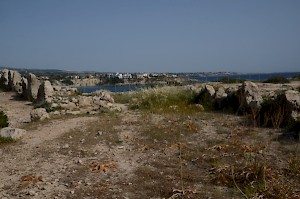
Rich in copper and situated between three continents, Cyprus has always attracted merchants and settlers. In the Late Bronze Age, which began in c.1600 BCE, it was an important node in an international trade network. By 1500 BCE, the Cypriots borrowed the art of writing from their western neighbors, the Cretans; one century later, we witness an increase of imports from Mycenaean Greece.
In 1200 BCE, however, Bronze Age Greece collapsed in a crisis that is not well-understood. It seems that Mycenaean aristocrats sought refuge on Cyprus, which they knew from the existing trade contacts. They were not the only migrants: we read about several “Sea People” who reached Egypt and were defeated by king Ramesess III. Towns like Hattusa (in Anatolia) and Ugarit (in Syria) were destroyed at the same time. The Bronze Age was coming to an end.
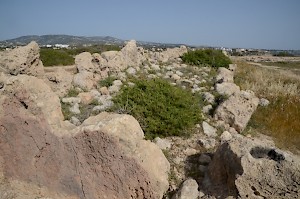
In about 1200 – the date is based on Late Bronze IIIa pottery – a group of Mycenaeans settled on the peninsula in the Coral Bay on western Cyprus that is known as Maa. Because the remains of the fortifications were still visible in later ages, the site is also known as Palaiokastro, “the old fortress”.
Situated between the two halves of the Coral Bay and easy to defend, it was the perfect place to settle. Even better, there was (and still is) a source of fresh water. Local clay was suitable to make pottery in the same way as the potters had done in Greece.
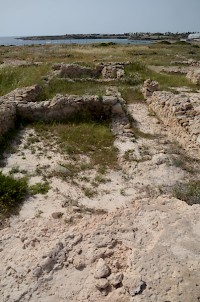
The peninsula is connected to the mainland by a narrow neck of land, which was fortified with a “Cyclopean” wall of irregular boulders and rubble that was about seventy meters long and 3½ meters wide. There was a large gate with a small postern gate next to it.
Archaeologists have also identified several megaron houses (i.e., houses with a central hearth) on the promontory; some of them were made of well-cut blocks of local sandstone. At least one of the buildings, where many large jars were excavated, served as storage (Building III).
Maa-Palaiokastro was destroyed by humans after about a quarter of a century and it is tempting to assume that a band of Sea People – whoever they may have been – was responsible for the violent destruction of the town. The survivors managed to rebuild some of the houses, but they left the site not much later and may have settled in Old Paphos or nearby Pegeia.
Today, there is a small monument for the Greek migration to Cyprus. Although it is called a museum, there are no objects on display.
